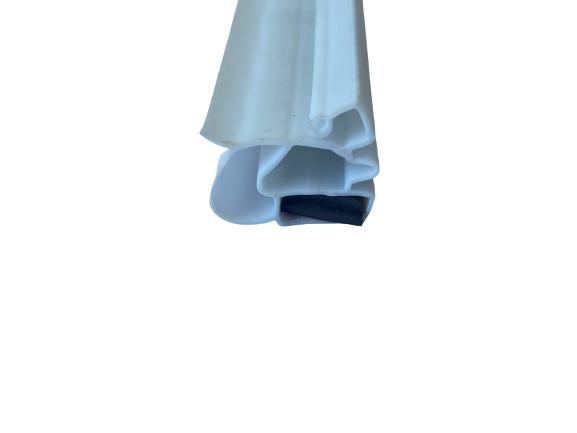Οκτ . 13, 2024 11:18 Back to list
Automobile Window Weatherstripping Rubber Seal for Enhanced Durability and Performance
Understanding Car Window Seal Rubber Importance, Types, and Maintenance
When it comes to automotive design and functionality, one often overlooked aspect is the window seal rubber. This crucial component serves multiple purposes and plays a significant role in the overall performance and longevity of a vehicle. In this article, we will explore the importance of car window seal rubber, the different types available, and how to maintain them.
Importance of Window Seal Rubber
Car window seal rubber is designed to create a tight seal between the vehicle's windows and body. This seal serves several important functions
1. Water Resistance A well-functioning window seal prevents rainwater from entering the vehicle, keeping the interior dry and comfortable. This is particularly important for maintaining the integrity of electrical components and upholstery.
2. Noise Reduction The rubber seals help minimize external noise, such as wind and traffic sounds, creating a quieter driving experience. This is especially beneficial for long journeys and enhances overall comfort.
3. Temperature Regulation Car window seal rubber helps maintain the vehicle's internal climate by preventing the intrusion of hot or cold air. This can lead to energy efficiency, as you won’t have to use your heating or air conditioning systems as much.
4. Wind Resistance The seal contributes to the vehicle's aerodynamic design by reducing air drag, which can enhance fuel efficiency.
5. Protection from Debris The rubber material also acts as a barrier against dust, dirt, and debris, protecting the vehicle’s interior and preventing wear and tear over time.
Types of Window Seal Rubber
There are various types of car window seal rubber available, each designed for specific applications
1. EPDM Rubber Ethylene Propylene Diene Monomer (EPDM) is a popular choice due to its excellent weather resistance. It is suitable for extreme temperatures and provides high durability.
car window seal rubber

2. TPV Rubber Thermoplastic Vulcanizate (TPV) combines the properties of rubber and plastic, offering flexibility and resilience in varied weather conditions. TPV seals are often used in modern vehicles for their performance and longevity.
3. Silicone Rubber Known for its high-temperature resistance, silicone rubber is often used in applications where extreme conditions are present. While more expensive, silicone offers excellent performance and durability.
4. Neoprene Rubber This type of rubber offers good resistance to oils and environmental factors, making it suitable for window seals in more rugged vehicles or those exposed to harsher conditions.
Maintenance of Window Seal Rubber
To ensure the longevity and effectiveness of car window seal rubber, regular maintenance is essential
1. Cleaning Regular cleaning with mild soap and water will help remove debris and dirt that can cause wear. Avoid harsh chemicals, as they might degrade the rubber.
2. Conditioning Applying a rubber conditioner or silicone spray can help maintain the elasticity of the seals and prevent cracking or drying out.
3. Inspection Periodically inspect the seals for any signs of wear, such as cracks or gaps. Addressing these issues promptly can prevent more significant problems, such as leaks.
4. Professional Assessment If you notice persistent issues, it is advisable to consult a professional. They can provide an assessment and recommend any necessary replacements.
Conclusion
In conclusion, car window seal rubber is a vital component that contributes to the comfort, safety, and efficiency of your vehicle. Understanding its importance, types, and maintenance can help you prolong its life and ensure that your car remains in excellent condition. By paying attention to this often-overlooked part, you can enhance your driving experience and protect your investment for years to come.




